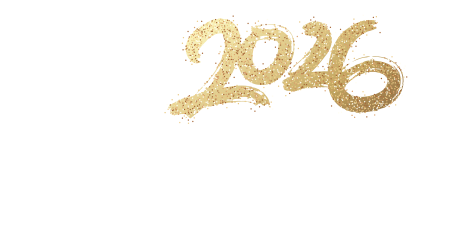Common reasons why applications are invalid
| Reason | How to fix |
|---|---|
|
An absence of the Supporting Documents necessary. |
Check the national and local validation requirements within this document to see what supporting information is needed with your application. |
|
Supporting Documents that omit information specified in the guidance. |
Within the local validation requirements set out in this document, there is a section called, ‘what information is required’. This will provide you with useful references about the level of information required with reference to policy and guidance. |
|
Drawings with insufficient detail as specified in the guidance notes or containing inconsistencies. |
Refer to the local validation requirements below to make sure that the right level of information is submitted and cross-reference your drawings before submitting to ensure consistency in the submission. |
|
One or more plans are missing. |
If submitting plans through the Planning Portal you should be able to view a list of all plans/ documents you are about to submit. At this time, your list of plans can be checked against your records before you submit. If providing paper copies, you may find it useful to provide a covering letter with a schedule of plans to assist you in identifying any omissions prior to submission. |
|
An incorrect description of the development. |
Check that the description that you detail on the application form covers all elements of the proposal. |
|
An incorrect Certificate of Ownership |
Certificate A should be submitted where the applicant/s is the sole owner of land to which an application relates Certificate B should be submitted where the applicant/s is not the sole owner of the land or where any part of the development goes outside the land in the applicant’s ownership. “Notice 1” is also required to be served on each owner. Certificate C should be submitted where some but not all of the land owners are known. Again “Notice 1” should be served on each known owner. In respect of unknown owners then the applicant must also advertise the application in the local newspaper and “Notice 2” can be used for that purpose. Certificate D should be submitted if none of the owners can be traced and “Notice 2” used to advertise in the local newspaper. |
|
Inconsistencies between elevations and floor plans. |
Ensure that you cross-reference elevations and floor plans before submission. Amended plans will be required if there are inconsistencies between elevations and floor plans because it needs to be clear what is being applied for so that the impacts can be properly assessed. |
|
Incorrect fees enclosed |
Fees for the processing of applications are set nationally. View national application fees. |
Validation Dispute
We want to avoid disputes with you about whether your application is, or is not, valid; this is why we have prepared the clear advice provided here. National legislation provides us with the power to decide whether an application is valid. We consider that the information and evidence we require satisfies legislation because it is:
- reasonable having regard, in particular, to the nature and scale of the proposed development; and,
- about a matter which it is reasonable to think will be a material consideration in the determination of the
Nevertheless, if you disagree with what we are asking you to do (to make your application valid) you should always in the first instance talk to us. If you are unable to achieve agreement with us you have the right to seek a resolution by following national procedures. In these circumstances, you must send a notice to us which:
- specifies which particulars or evidence you consider do not meet the requirements;
- sets out the reasons why you hold that view; and,
- requests that we waive the requirement to include those particulars in the
We will then send a validation notice or non-validation notice to you.
Pre-application Discussions
We strongly encourage you to discuss your plans with us before submitting a formal application. This can save you both time and money and ensure that your application has the best chance of success because we can agree with you the issues relevant to the consideration of your application and that the information required to make it valid at the outset, thereby avoiding delays in a decision. It is useful to include details of any pre-application advice you have had with us within the application form within the relevant section.
Different charges apply to different types of schemes. See full details of our pre-planning application advice service.
Online and electronic submissions
We would prefer to receive your application electronically via the Planning Portal. The following notes should assist you when submitting your application in this way. Following the guidelines will enable us to process your application and publish it more quickly. Please structure your electronic submission in the following way:
- No individual file should be greater than 5MB;
- Large documents should be broken down into manageable files g. in chapters and sections;
- It is important that the naming structure explains the document and chapter (if applicable) in plain English;
- All major dimensions must be specified on This is necessary for the assessment of drawings. Drawings should include a scale and calibration scale; and,
- Drawings should be orientated so they appear correctly when viewed on screen (i.e. North at the top of the screen).
The Council will process applications submitted on paper. All forms and plans can be posted to Development Management, Ashford Borough Council, Civic Centre, Tannery Lane, Ashford, Kent TN23 1PL.
Making Payment on Applications
A planning application fee calculator can be found on the planning portal, where you can make your payment if you are submitting your application through the planning portal.
If you make the application direct to the Council, you can pay your fee online.
‘Householder’ Applications
‘Householder’ applications are typically alterations and extensions to peoples' houses or about buildings in their garden. The Planning Portal has more information on common householder projects. If you are submitting a Householder application, the validation requirements are largely set out with the National Validation Requirements, contained immediately below in table 1.
Exceptions to this are if your application relates to a property, which is:
- a nationally listed building, or located in a conservation area / area of archaeological potential;
- it would involve works to protected trees or trees in a conservation
- It is within a Flood
- Is within an ecological designation
In these instances, additional information will be required to support the application under the Local Validation requirements, which are set out in Table 2.
For ease, the typical requirements for Householder applications are set out in our 'Get it right first time' Guidance Document. Email us at planning.help@ashford.gov.uk if you have any questions relating to these requirements.






